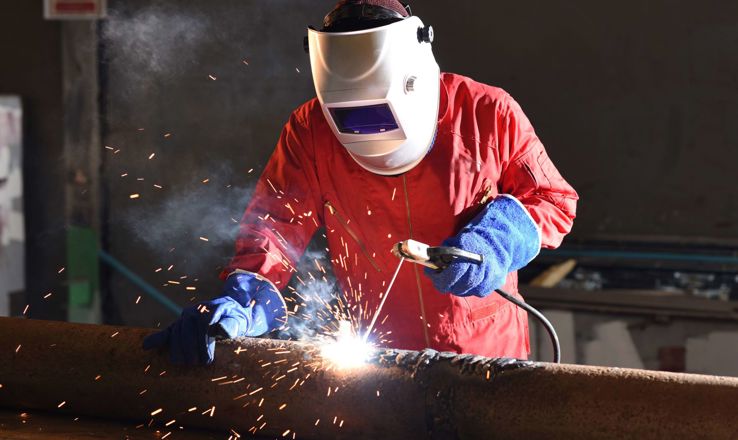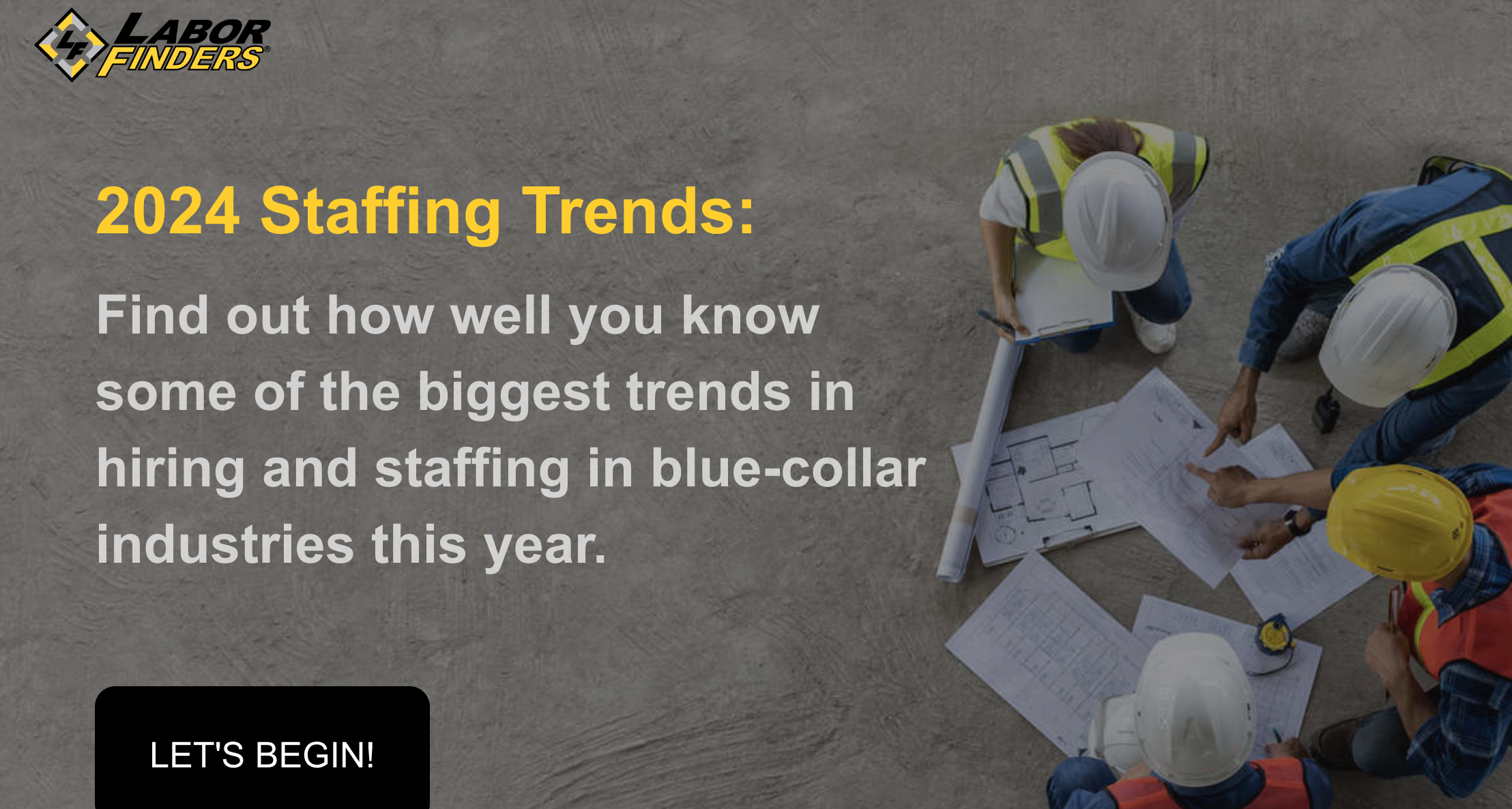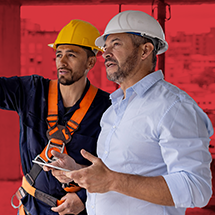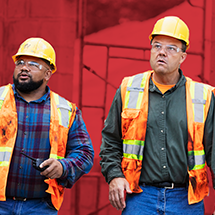-
Job Seekers
X
Job Seekers
Whether you're looking for a temp job or a permanent career, Labor Finders has you covered!
-
Explore
- How it works
- Industries
- Blog
- Locations
- Job Search
You May Also Be Interested In

2024 Employee of the Year
Learn more about our amazing Employee of the Year
-
-
Employers
X
Employers
Let us help you find the workers you need, when you need them.
You May Also Be Interested In

2024 Staffing Trends Quiz
Construction Staffing Trends Quiz
-
Industries
X
Employer Industries
Ready to staff your next project? Our staffing experts has the knowledge and the workers to cater to your unique staffing needs.
In this Section:
Job Seeker Industries
From construction to waste management, we have job openings in whatever industry you’re interested in.
In this Section:
-
About
X
About You
Getting matched to the right job, gaining the flexibility you want, making an impact in your community - at Labor Finders, it’s all about you!
-
You may also be interested in
- About Us
- Job Search Results
- Find an Office
- How it works
- Blog
About Us
With almost 200 offices nationwide, we’ve been putting people back to work for over 40 years. See why we’re a leader in the blue-collar staffing industry.
-
You may also be interested in
- About Us
- Media Center
- Video Library
- Leadership Team
- Careers
- In The Community
- History
-
- Location
Compliance
Welding in Confined Spaces: What You Need to Know

Even the most inexperienced day laborer knows the dangers that come along with a welding job. When it comes to doing that job in a confined space, however, knowing the hazards (as well as how to prevent them) can make all the difference between a job well done and a serious injury. But what exactly constitutes a confined space? It’s any enclosed or partially enclosed area with a restricted entry, exit or limited space. Some of these spaces include:
- Tanks
- Manholes
- Storage Bins
- Ship compartments
- Ventilation Ducts
- Boilers
- Vats
- Silos
OSHA often uses the term “permit-required confined space” for spaces like these if they also have characteristics like a dangerous atmosphere, converge into an area where someone can be trapped or have exposed live wires. While a normal person may shy away from working in such a small and potentially hazardous space, welding services may still be needed whether it’s routine maintenance or necessary repair. Before starting this type of welding work, it’s very important to know what to expect.
The Potential Hazards of Welding in Confined Spaces
The Department of Labor outlines true stories that speak to the potential hazards of working in confined areas. One report is about a worker who suffered burns to his lungs while welding with a plasma cutter inside a 1000-gallon water tank because of the lack of ventilation and respiratory protection. This government agency also has a report about an employee found unconscious and later confirmed dead after welding in a stainless steel tractor-trailer tank. Lack of oxygen, fires, and inhaling toxic gases like argon and gasoline are very real dangers of welding in confined spaces. Other dangers include electrocution, exposure to radiation and even falling due to standing on unstable materials like wood chips and sawdust.
The Precautions to Take With This Type of Welding
OSHA lays out very specific regulations when it comes to welding in confined spaces. If the area can’t get proper ventilation without blocking the means of entry, welders must use airline respirators and be in constant communication with a co-worker on the outside. Another OSHA rule states that safety belts, lifelines and pre-planned rescue procedures are required if the welding work has to happen in a space with a very small entryway (like a manhole). The American Welding Society also lays out safety procedures for day laborers working in confined spaces. They include:
- Making sure there isn’t any equipment blocking the exit
- Testing the air for toxic gases before entering the workspace
- Removing all hazardous materials
- Keeping vents open and making sure valves are tight and leak-free
- Having the means to immediately shut off gases, fuel and power from inside the space if possible
At Labor Finders we live by the motto “Safety, Respect and Appreciation”. To find your next job opportunity, click here to find your local office.















